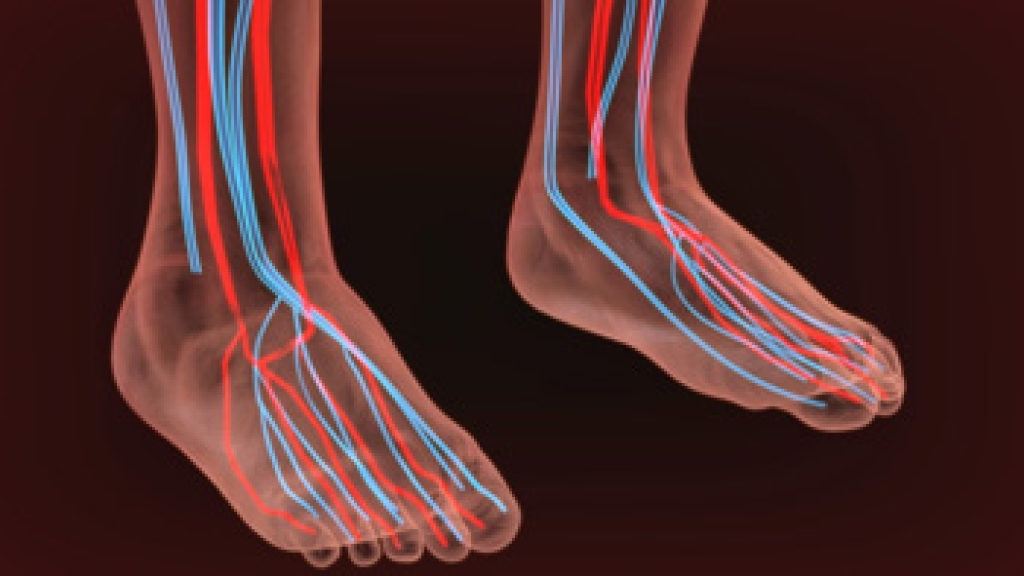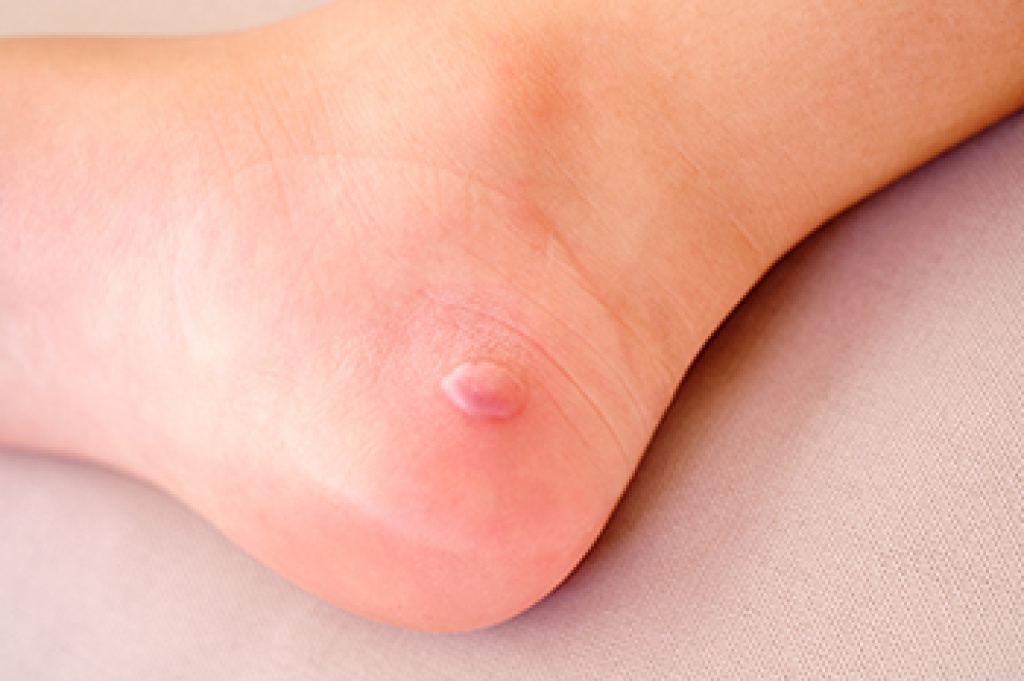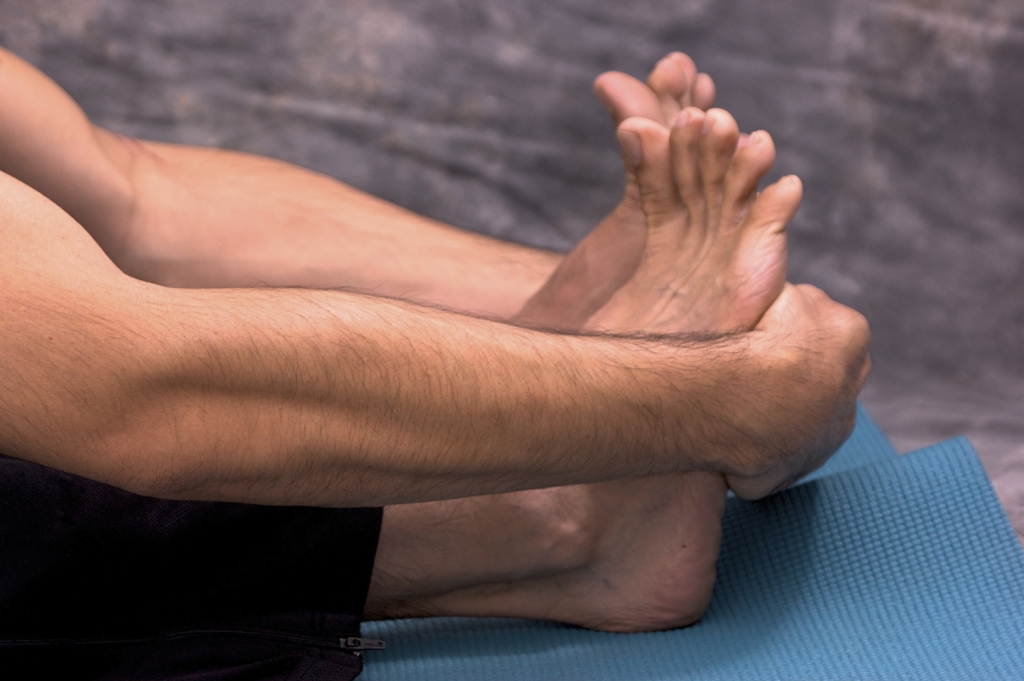
Poor foot circulation occurs when blood flow to the feet is reduced, limiting oxygen and nutrient delivery to tissues. This condition can affect foot health by slowing wound healing, increasing the risk of infection, and causing muscle weakness or tissue damage. Common symptoms include cold feet, numbness, tingling, swelling, and cramping during activity. Risk factors include diabetes, peripheral artery disease, obesity, smoking, high blood pressure, and a sedentary lifestyle. Early recognition and management are essential to prevent complications. A podiatrist can assess circulation, evaluate underlying causes, recommend lifestyle modifications, provide specialized footwear, and monitor foot health to prevent ulcers or infections. If you have poor foot circulation, it is suggested that you are under the care of a podiatrist who can help you manage this condition.
Poor circulation is a serious condition and needs immediate medical attention. If you have any concerns with poor circulation in your feet contact one of our podiatrists of Montgomery Foot Care Specialists. our doctors will treat your foot and ankle needs.
Poor Circulation in the Feet
Poor blood circulation in the feet and legs is can be caused by peripheral artery disease (PAD), which is the result of a buildup of plaque in the arteries.
Plaque buildup or atherosclerosis results from excess calcium and cholesterol in the bloodstream. This can restrict the amount of blood which can flow through the arteries. Poor blood circulation in the feet and legs are sometimes caused by inflammation in the blood vessels, known as vasculitis.
Causes
Lack of oxygen and oxygen from poor blood circulation restricts muscle growth and development. It can also cause:
- Muscle pain, stiffness, or weakness
- Numbness or cramping in the legs
- Skin discoloration
- Slower nail & hair growth
- Erectile dysfunction
Those who have diabetes or smoke are at greatest risk for poor circulation, as are those who are over 50. If you have poor circulation in the feet and legs it may be caused by PAD and is important to make changes to your lifestyle in order to reduce risk of getting a heart attack or stroke. Exercise and maintaining a healthy lifestyle will dramatically improve conditions.
As always, see a podiatrist as he or she will assist in finding a regimen that suits you. A podiatrist can also prescribe you any needed medication.
If you have any questions, please feel free to contact our office located in Montgomery, AL . We offer the newest diagnostic and treatment technologies for all your foot care needs.




